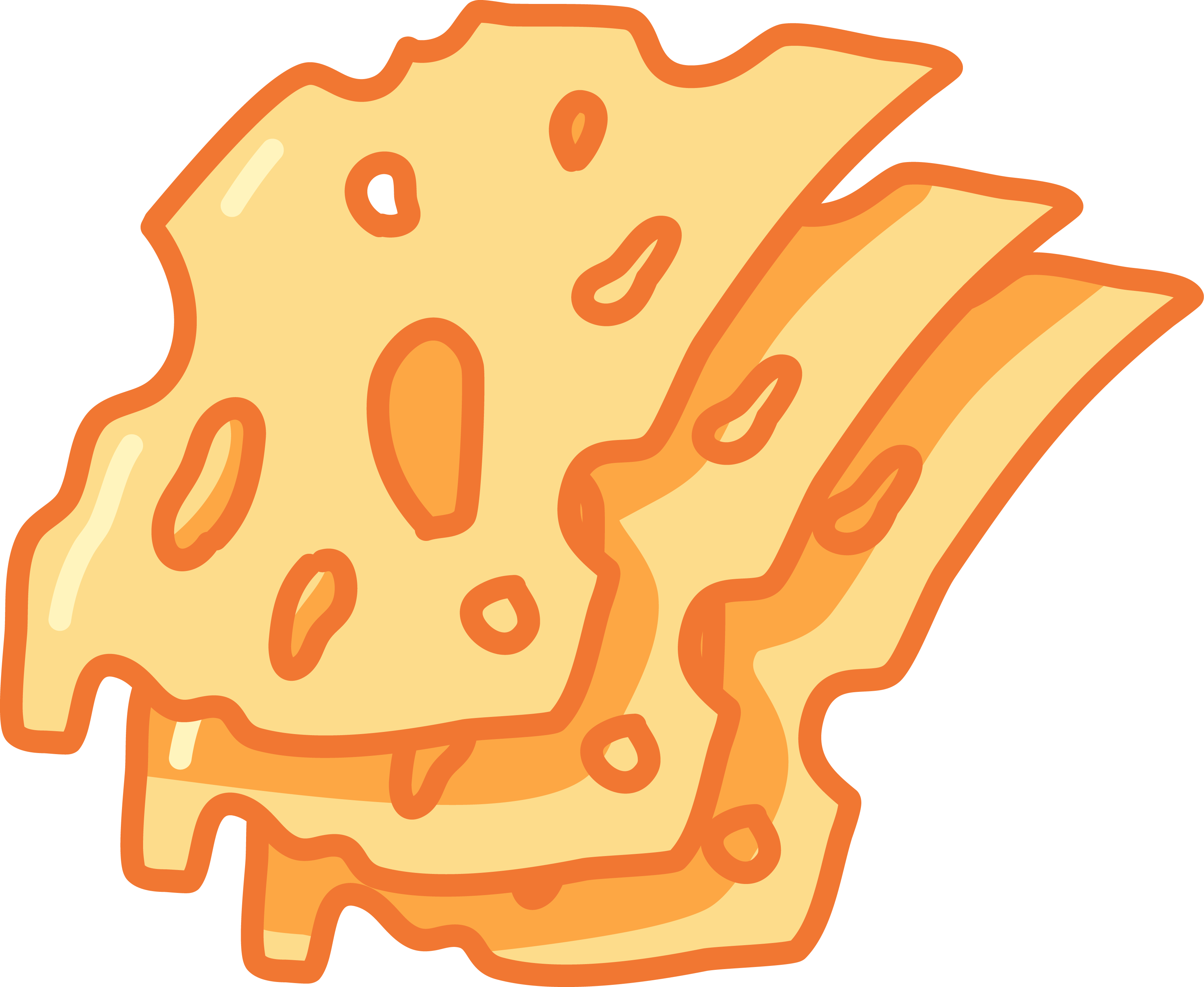Cheesemaking is an ancient craft rooted in science. While the process may seem magical, every step—from adding cultures to aging—relies on precise biological and chemical reactions. Understanding these elements can help you create better, more flavorful cheeses.
The Role of Bacterial Cultures
Cheese starts with milk, but it’s the bacterial cultures that begin the transformation. These cultures acidify the milk by converting lactose into lactic acid, lowering the pH and creating the perfect environment for rennet to do its job. Different cultures contribute unique flavors and textures—some produce mild, creamy cheeses like Brie, while others help form tangy, crumbly cheeses like Feta.
The Power of Rennet
Rennet is an enzyme that coagulates milk, separating it into curds (solids) and whey (liquid). Traditional rennet comes from the stomach lining of young ruminants, but vegetarian alternatives exist. The strength of the rennet and the timing of its use affect the final texture—softer cheeses require gentle coagulation, while firmer cheeses demand a stronger set.
Fermentation and Flavor Development
Once the curds are formed, the fermentation process continues. As the cheese ages, beneficial bacteria and molds break down proteins and fats, deepening the flavor and changing the texture. Washed-rind cheeses like Limburger develop strong aromas due to specific bacteria, while blue cheeses rely on Penicillium molds for their characteristic veins.
By mastering the science of cultures and fermentation, you can take full control of the cheesemaking process, creating cheeses that suit your taste and texture preferences. Whether you’re making a fresh Mozzarella or a well-aged Cheddar, understanding the role of microbes is key to success.

